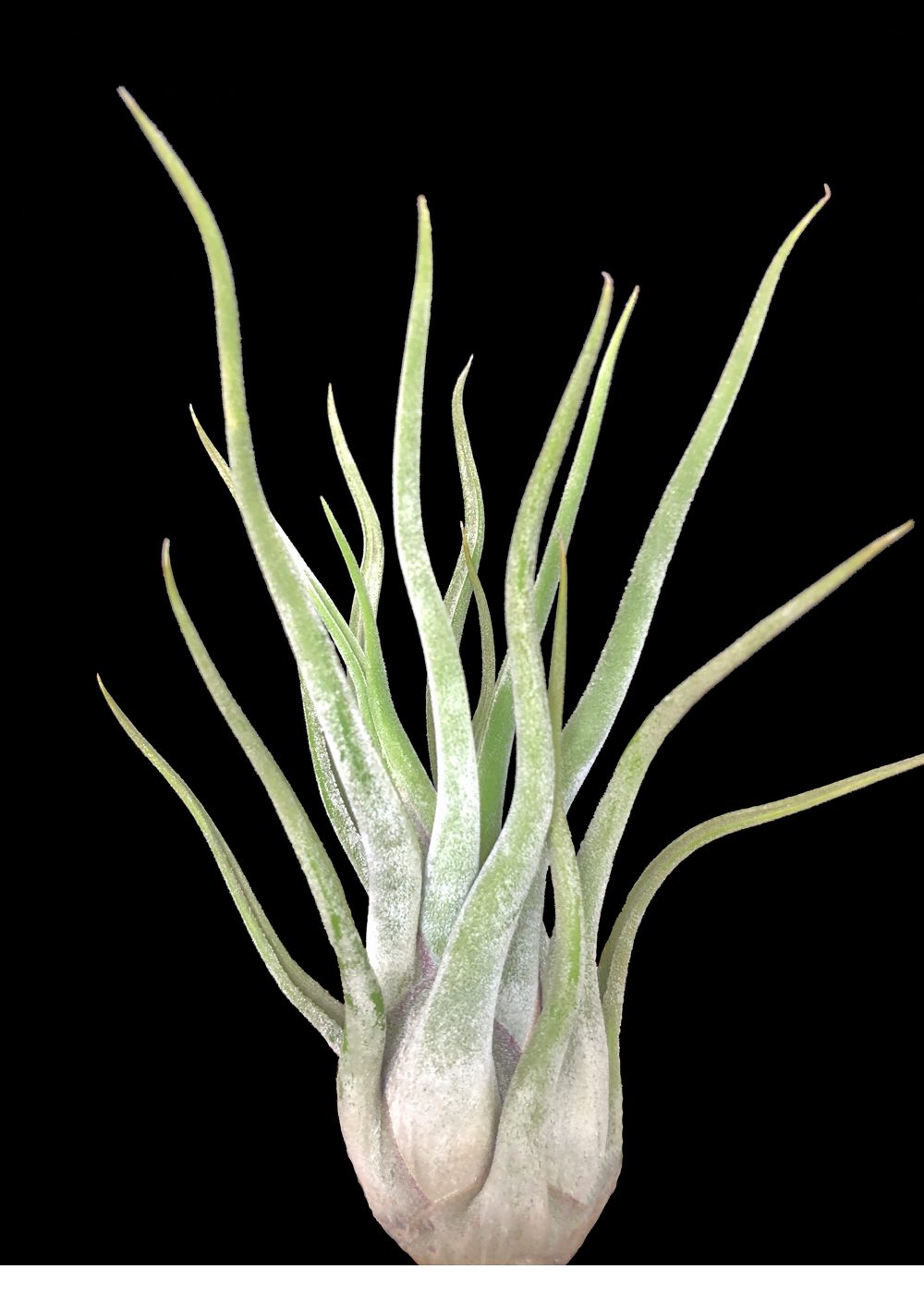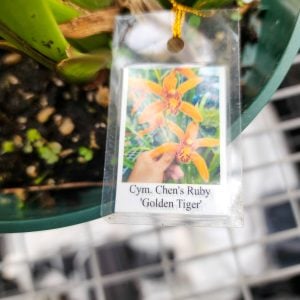Tillandsia Caput Medusae
$12.99
Tillandsia is the most diverse group of the bromeliad family. They favor to live as epiphytes or in terrestrial environments.
Tillandsia Caput Medusae
- Description: Caput Medusae is a stiff, soft light green foliage with silver dusting. Gives a bloom of multiple bracts within its base of bright pink and purple flowers. Great as an addition to interior containers or garden bowls!
- Application: Collectors, Novelty, Landscape, Container
- Light Condition: Partial
Please Add 72 hours heat pack to the order if you feel the weather could hurt the plant in transit to your area
Select any combination of 2 or more plants for a 15% to 20% discount (some exceptions may apply)
Discount per quantity
| Quantity | Price | % Discount |
|---|---|---|
| 2 | $11.69 | 10% |
| 3 | $10.39 | 20% |
| 4+ | $9.74 | 25% |
- Description
- Additional information
- Reviews (0)
Description
Bromeliads (brō-ˈmē-lē-ˌad) belong to the Bromeliaceae plant family, which encompasses over 3,000 species, approximately 56 genera, and about 6,000 hybrids and cultivars. Bromeliads, like other species, are divided into groups called genera. Different genera and species prefer varying light, water, and humid conditions contributed by their environments. In cultivation, the most commonly found genera are Aechmea, Billbergia, Cryptanthus, Dyckia, Guzmania, Neoregelia, Nidularium, Portea, Tillandsia, and Vriesea. All are native to the Americas with one existing in Africa. You can find them growing as abundantly north of the equator in the southern parts of the United States and Mexico while also thriving in South America from Ecuador to Chile and Argentina. Bromeliads entered recorded history over 500 years ago when Columbus introduced the pineapple (Ananas comosus) to Spain upon return from his second voyage to the New World in 1493.
In nature, bromeliads can be found in many climates and conditions: at sea level, in rain and cloud forests, deserts and on mountains as high as 13,000ft. Much of the species grow on trees as epiphytes or air plants while others grow on the ground, rocks, and cliff faces. Their roots are primarily for support from the host and are not parasites. Spanish moss and ball moss are bromeliads found across a very wide range, but the Ananas Comosus is the most familiar as it is the only edible fruit produced in the family. On the voyage of Columbus, he found it being cultivated by the Carib Indians in the West Indies. Within 50 years this tropical fruit was being cultivated in India and other Old World countries. The bromeliad species is incredibly versatile and contain some of the most adaptable plant families in the world. Bromeliads are very hardy, tough survivors proving their resilience, adaptability, and strength. Not only do they have a tremendous ability to survive; they offer infinite color combinations with interesting styles and forms. Such variability means that there is some bromeliad ideal for your conditions.
Additional information
| Weight | 2 lbs |
|---|---|
| Dimensions | 6 × 6 × 6 in |
| Light Condition | Shade, Partial |
| Pot Size |
Only logged in customers who have purchased this product may leave a review.






































Reviews
There are no reviews yet.